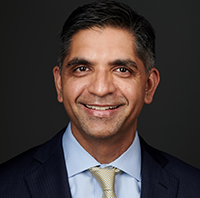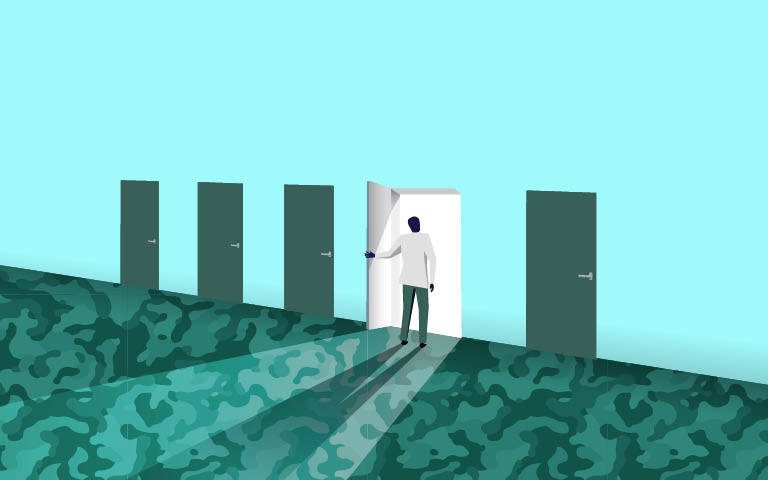 |
| Daniel B. Hawley, MD, CAPT, U.S. Navy (retired) |
A major consideration for the military radiologist joining the civilian world is deciding what kind of practice to join. A wide variety of options are available, and the civilian market demand for radiologists is high. Options include private practice groups that are hospital-based and groups that are primarily focused on outpatient work or teleradiology. Large academic centers may be desirable, or the radiologist might consider practicing within government healthcare systems — such as the Veterans Administration (VA) or the Defense Health Agency, which helps administer U.S. military hospitals — to continue working with the military and veteran patient population. Separating radiologists also may choose to pursue additional training, including fellowships or other programs to gain new skills prior to joining the civilian workforce.
Each practice environment offers opportunity, and finding the best fit for the individual may be a challenge. While the military and the VA provide many resources and support for members leaving the service, the resources are not always applicable to a radiologist, a highly specialized physician.
There are several other options for support, including local and national radiology professional societies. The ACR’s Career Center is an excellent resource for job seekers to begin their search. Seeking advice and networking opportunities from trusted peers and mentors is helpful.
Radiology interest groups on social media platforms such as Facebook can be another resource for networking. Some military radiologists have been able to take advantage of the Department of Defense (DoD) Skillbridge program to work for a civilian radiology practice during their last few months in the military to gain experience or accrete skills prior to their military separation. Military radiology practice develops junior radiologists quickly. The challenges facing leaders in military radiology are often similar to those in civilian practice, and there are countless opportunities for junior radiologists to lead in small or large military radiology departments. It is easy to understand why many civilian practices value former military radiologists who have gained experience and maturity during their independent military radiology practice.
I retired from the U.S. Navy in 2022 after 23 years of service. When I was evaluating options for my post-Navy career, I looked at several different types of practices. Like many military radiologists, I participated in off-duty radiology locums work or temporary assignments during my military career when possible, which helped me understand fundamental differences in various types of radiology practice.
In my job search, I worked to balance my professional interests with the needs of my family and sought input from a variety of colleagues and resources. During my military radiology career, I worked in graduate medical education, and I was interested in continuing to practice in that type of environment. Ultimately, I was able to join an academic radiology practice as clinical staff at the University of California San Diego, which offers the professional challenge that I desired while keeping my family happy with a stable home life. And there are no deployments on the horizon!
Options for Military Vets Include ACR Career Center
Here is another point of view from Anand K. Singh, MD, Major, U.S. Air Force, a member of the ACR Military Radiology Committee:
 |
| Anand K. Singh, MD |
As I completed military service in the late 2000s, I explored different civilian career options based on my experiences as an active-duty radiologist. I relied on sources such as fellow military radiologists and former attendings and residents from my training program to discover the right fit for my next career move. However, I found the transition difficult because of the limited network and opportunities available to me at the time.
I eventually joined a group of radiologists with people I had met during residency, but ultimately discovered that the practice did not match the culture and values ingrained in me during my time in the Air Force.
Fast-forward to today, and I feel that the options and resources for a military radiologist to transition to a civilian role are better than ever. During active duty, radiologists can engage in a variety of work to keep their skills sharp, ranging from hybrid roles with civilian facilities to teleradiology opportunities.
The ACR Career Center is now an unparalleled resource to link military physicians with practices that value our unique clinical and leadership skills in the civilian setting. The Military Radiology Committee recently created a Military Radiology Mentorship program to help advise military radiologists on their professional journey and assist in their transition to civilian life.
All of the options above have helped create a robust network of support to help military radiologists find civilian opportunities that will best match their needs and ensure their continued growth.

